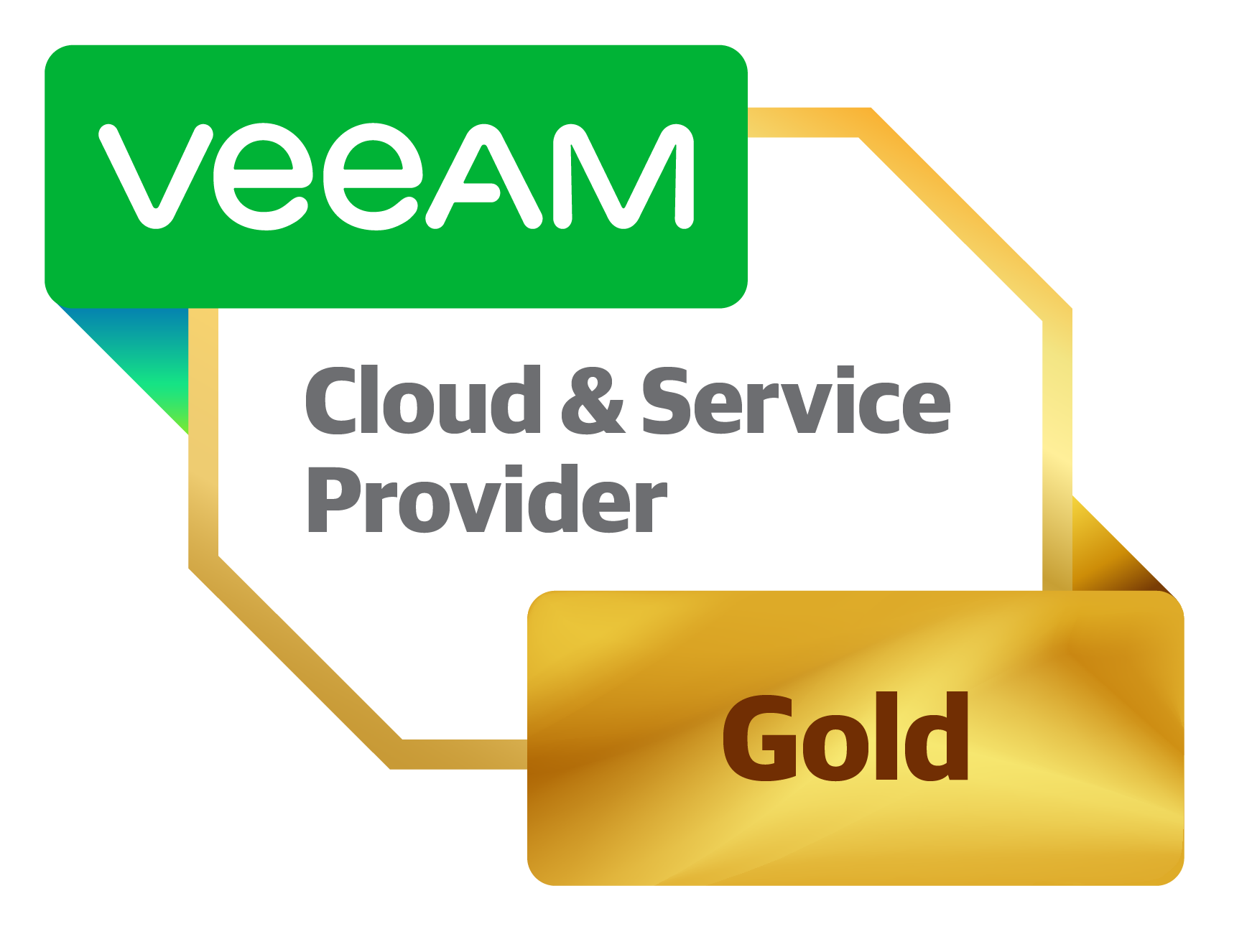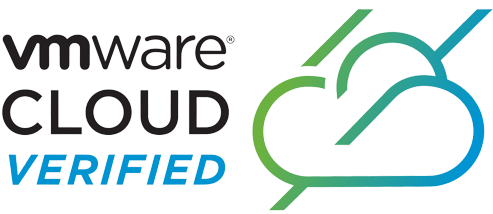Cloud computing has undergone a remarkable transformation since its inception, enabling organisations to shift their IT infrastructure and applications to the Cloud – rather than on-premises – in order to reap the value of significant benefits and efficiencies. The main reasons for cloud adoption are improved productivity; scalability and flexibility; cost savings; improved workforce mobility, and increased storage capacity.
According to our recent ‘South African Cloud Survey (May 2023)’, which set out to gain a better understanding of local trends around the adoption and use of various Cloud services, South Africa has seen a strong migration to the Cloud, which has been accelerating over the past few years. Just over 40 percent of our Cloud survey respondents have already migrated more than half of their workloads, apps and service to the Cloud. Among those organisations that have not yet fully migrated, almost half (48 percent) plan to migrate fully to the cloud in the future.
While Infrastructure as a Service (IaaS) initially paved the way for Cloud adoption, Platform as a Service (PaaS) has emerged as a game-changer, offering enhanced agility, productivity and scalability. Let’s look at the evolution of Cloud computing, from IaaS to PaaS, and delve into the benefits and implications of what they bring.
The Rise of IaaS
Infrastructure as a Service (IaaS) marked the first phase of the Cloud computing evolution. It provided organisations with virtualised computing resources, including virtual machines, storage and networking, delivered over the internet.
IaaS set businesses free from the constraints of being required to host their own infrastructure on site and be fully responsible for their IT operations. This in turn enabled rapid provisioning, scalability and cost optimisation.
IaaS empowered organisations to focus on their core competencies without the burden of hardware procurement, maintenance and data centre management. It allowed for flexible resource allocation, where businesses could scale up or down based on their requirements.
IaaS providers such as Amazon Web Services (AWS) and Microsoft Azure paved the way for the Cloud revolution, setting the scene for the next phase.
The Emergence of PaaS
Platform as a Service (PaaS) then emerged as a natural progression in Cloud computing, building upon the foundations laid by IaaS.
PaaS takes the abstraction of infrastructure a step further, offering a comprehensive development and deployment platform for applications. With PaaS, organisations gain access to a ready-to-use environment that includes operating systems, programming languages, development frameworks, databases and middleware.
PaaS offers a collaborative and streamlined approach to application development, enabling developers to focus on code and innovation, rather than infrastructure management.
By abstracting the complexities of infrastructure provisioning, configuration and maintenance, PaaS empowers businesses to accelerate application development, reduce time-to-market and increase agility.
Benefits of PaaS
The adoption of PaaS brings a range of benefits to organisations:
- Simplified Development: PaaS eliminates the need for developers to manage infrastructure, allowing them to focus on writing code and building applications. This streamlined development process enhances productivity and fosters innovation.
- Scalability and Flexibility: PaaS platforms provide automatic scalability, allowing applications to handle fluctuating workloads without manual intervention. This flexibility ensures that businesses can adapt to changing demands and scale resources as needed.
- Faster Time-to-Market: PaaS platforms offer pre-configured environments and development frameworks, reducing the time required for application deployment. This accelerated time-to-market enables businesses to respond swiftly to market demands and gain a competitive edge.
- Cost Optimisation: PaaS eliminates the upfront costs associated with infrastructure provisioning, maintenance and software licensing. Businesses pay for the resources they consume, resulting in cost optimisation and improved financial efficiency.
- Enhanced Collaboration: PaaS platforms promote collaboration among development teams, enabling seamless code sharing, version control and integration with DevOps practices. This collaborative environment fosters faster innovation and empowers cross-functional teams.
Considerations and Implications
While PaaS offers significant advantages, organisations must consider certain factors when adopting this Cloud model:
- Vendor Lock-in: PaaS platforms are often tightly integrated with specific Cloud providers, leading to potential vendor lock-in. Businesses should evaluate the portability of their applications and the availability of alternative PaaS providers to mitigate this risk.
- Customisation and Control: PaaS platforms prioritise simplicity and abstraction, which may limit customisation options and control over the underlying infrastructure. Organisations should assess their specific requirements and ensure that the chosen PaaS solution aligns with their needs.
- Security and Compliance: As with any Cloud deployment, security and compliance remain critical considerations. Organisations should evaluate the security controls and certifications offered by PaaS providers and ensure compliance with industry regulations.
- Application Architecture: PaaS platforms may impose certain limitations on application architecture, such as specific programming languages or frameworks. Businesses should assess their application requirements and confirm compatibility with the chosen PaaS offering.
We can see from the above that the evolution from IaaS to PaaS represents a significant milestone in the Cloud computing journey. While IaaS laid the groundwork for Cloud adoption, PaaS takes Cloud computing to new heights by providing a comprehensive development and deployment platform.
PaaS enables organisations to accelerate innovation, enhance productivity and achieve faster time-to-market. By considering the benefits, implications and specific requirements, businesses can leverage the power of PaaS to drive their digital transformation and gain a competitive edge in today’s fast-paced business landscape.
Please click here to access the ‘South Africa Cloud Survey Report (May 2023)’ and find out more on current local Cloud migration trends. The survey was undertaken by Nymbis Cloud Solutions in partnership with Veeam and Africa Analysis.








